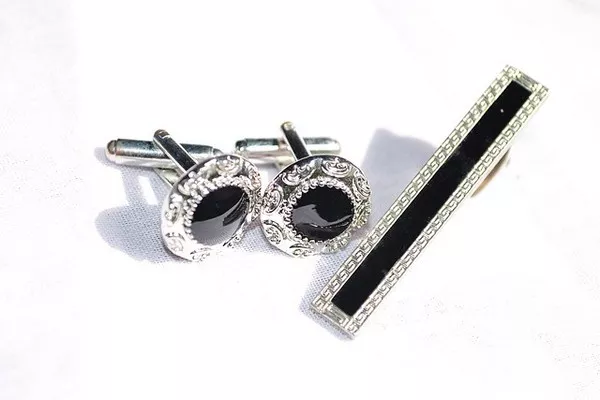Silverware holds a timeless appeal, adorning dining tables with its elegant gleam and adding a touch of sophistication to any meal. However, not all silverware is created equal. With the proliferation of imitation materials and the intricate world of collectibles, distinguishing real silver from its counterparts has become a vital skill for the discerning owner. In this article, we delve into the intricacies of identifying genuine silverware, equipping you with the knowledge to separate the precious from the plated.
Understanding the Basics: Silver Alloys and Hallmarks
Silver, in its purest form, is a soft and malleable metal. To enhance its durability and strength, it is often alloyed with other metals such as copper. The resulting alloy, known as sterling silver, typically contains 92.5% pure silver and 7.5% other metals. This combination lends itself to crafting exquisite silverware that maintains both beauty and resilience.
Hallmarks, or stamps, are engravings on silverware that provide crucial information about its composition, origin, and quality. They serve as a definitive indicator of a piece’s authenticity. Hallmarks commonly include a maker’s mark, a fineness mark (indicating the silver content), an assay office mark, and sometimes a date mark. Researching the hallmarks specific to your region and era can be a valuable tool in your authenticity assessment.
The Magnet Test: A Preliminary Screening
One simple preliminary test to differentiate between real silver and other metals is the magnet test. Silver is non-magnetic, so if your silverware is drawn to a magnet, it’s likely composed of a different metal or plated with a magnetic material. However, it’s important to note that some components of silverware, like the handles, might be made of non-silver materials, which could skew the results of this test.
The Ice Test: Assessing Thermal Conductivity
Silver is an excellent conductor of heat, and this property can be exploited to verify its authenticity. When you place an ice cube on a genuine silver surface, it will begin to melt rapidly due to the silver’s superior thermal conductivity. Conversely, if the ice cube melts at a slower rate or leaves a noticeable gap between the ice and the surface, it could indicate that the item is not real silver.
Tarnish and Patina: A Sign of Authenticity
Real silverware develops a distinct patina over time due to oxidation. This tarnish lends the piece a unique character and signifies its authenticity. Plated or imitation silverware may lack this tarnish or exhibit it in an irregular manner. To determine the authenticity of your silverware through tarnish, carefully observe its color, texture, and consistency.
Acid Testing: Professional Authentication
For those seeking a more precise and scientific method of authentication, acid testing is a reliable option. This test involves applying a small amount of nitric acid to a discreet area of the silverware. The reaction between the acid and the metal will produce a color change that indicates the silver content. However, this test requires caution and should ideally be performed by professionals, as it may cause damage to the piece.
Weight and Sound: Clues to Quality
Genuine silverware tends to be heavier than its imitation counterparts due to the density of silver. Holding a piece of silverware in your hand and comparing its weight to that of a known genuine piece can provide insight into its authenticity. Additionally, lightly tapping the item and listening to the resulting sound can give you an indication of its quality. Real silverware often produces a clear, resonant sound, while plated items may sound dull.
Consulting Experts: Appraisers and Collectors
When in doubt, seeking the expertise of professionals in the field is a prudent course of action. Antique appraisers, silverware experts, and seasoned collectors possess the knowledge and experience to evaluate silverware accurately. They can analyze hallmarks, examine craftsmanship, and utilize advanced testing methods to offer a definitive verdict on the authenticity of your silverware.
Research and Documentation: Empowering Yourself
Educating yourself about silverware, its history, and the different types of silver can empower you to make informed judgments about authenticity. Online resources, books, and reputable antique societies can provide valuable information that aids in your assessment. Additionally, documenting hallmarks, measurements, and other pertinent details of your silverware can assist in future evaluations and potential sales.
Conclusion
As the allure of silverware endures through generations, the importance of accurately identifying genuine silver becomes paramount. Armed with knowledge and a discerning eye, you can navigate the realm of silverware confidently. From the magnet test to consulting experts, each step in the process contributes to unraveling the truth behind your silverware’s authenticity. Whether cherished heirlooms or newfound treasures, authentic silverware adds a touch of elegance that stands the test of time.


